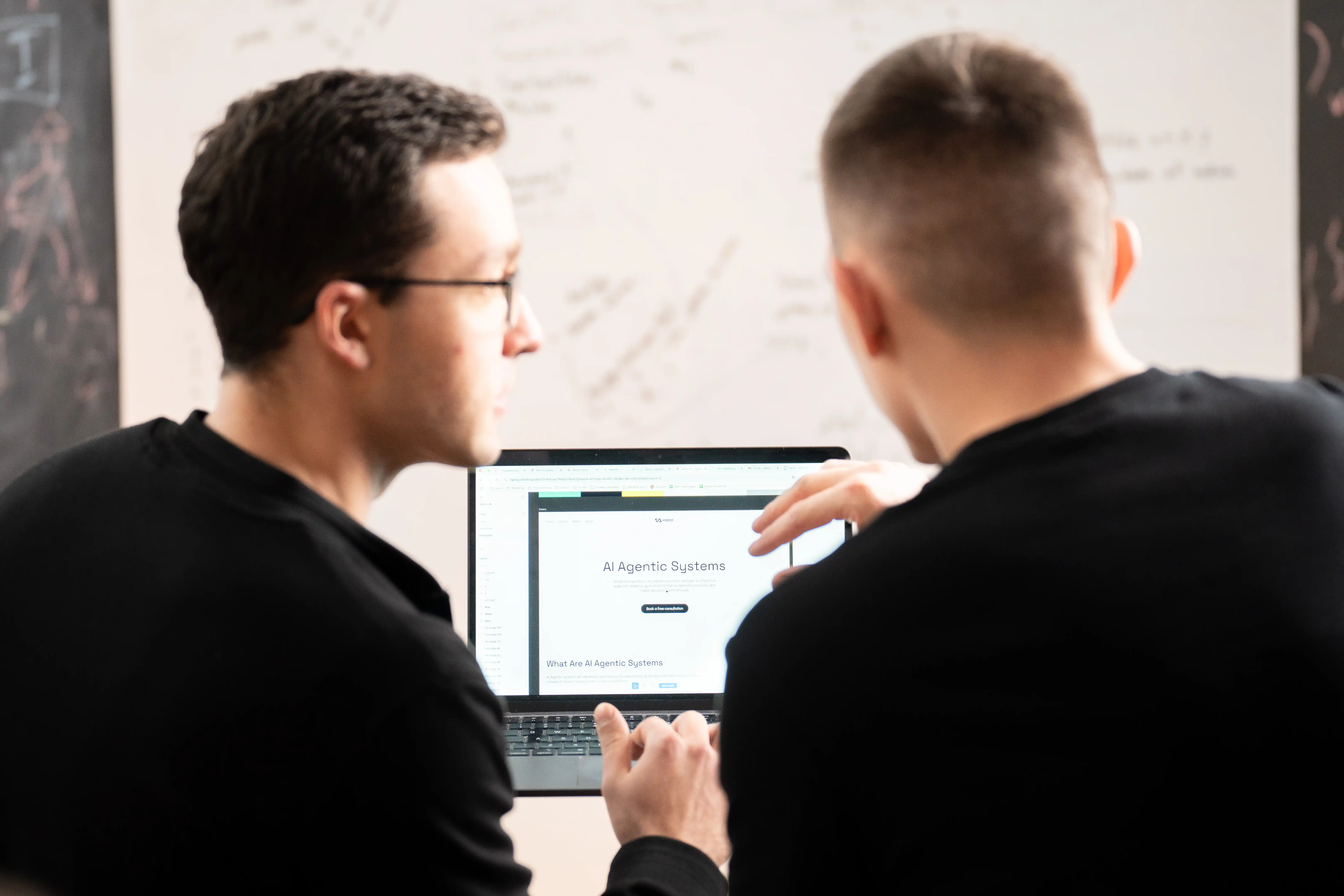












The agent draws input from multiple sources (internal systems, external APIs, IoT devices) to maintain up-to-date context for decision-making.
Leveraging ML algorithms and (when applicable) knowledge graphs, agents understand relationships between entities, events, and actions, forming the basis for more strategic decisions.
Agents communicate with one another and with your existing systems to coordinate complex tasks. They can also trigger AI Process Automation workflows (such as RPA bots) for precise, repetitive activities.
Each agent follows clear goals (e.g., reduce costs, optimize workflows). Using techniques like decision trees, reinforcement learning, or rule-based logic, it selects the best course of action - automatically.
Outcomes are monitored in real time. Agents learn from each cycle, refining their strategies to become more efficient and consistently improving over time.











